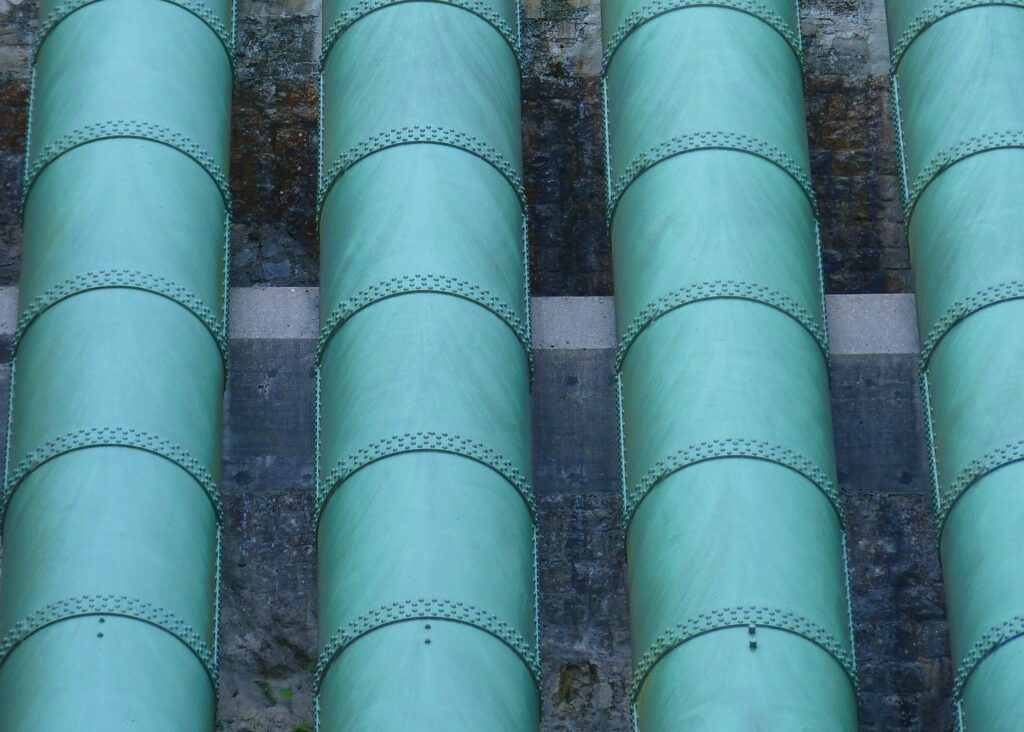Germany is Europe’s largest hydrogen market in the making, with demand projected by Berlin’s National Hydrogen Strategy to reach 95–130 TWh by 2030.
Yet, despite this outlook, Danish plans to export green hydrogen via a multibillion-euro pipeline—the so-called Syvtallet or “The Seven”—are under strain as German industry signals reluctance to commit. Without early capacity reservations when the Danish tender opens in 2026, the project risks stalling before construction begins.
Danish Climate, Energy and Utilities Minister Lars Aagaard has repeatedly hailed the pipeline as a cornerstone for Denmark’s hydrogen economy. But statements from German companies, gathered by Ingeniøren, reveal a gap between political rhetoric and market realities. Buyers acknowledge hydrogen’s strategic importance, yet most emphasize that current economics remain unfavorable without large-scale subsidies.
Aurubis, one of Europe’s leading copper producers and a potential offtaker, noted bluntly that hydrogen is “far from being an attractive alternative from an economic point of view,” even when accounting for the EU carbon price on natural gas. The company underscored that only mechanisms such as contracts for difference (CfDs) would make hydrogen competitive while preserving international competitiveness.
Other firms maintain interest but refrain from binding commitments. Stadtwerke Flensburg, a municipal utility near the Danish border, described Danish hydrogen as a “potential option” but tied any decision to technical, political, and financial framework conditions. Timing is critical: while Denmark’s capacity auction requires commitments by late 2026, utilities such as Flensburg link potential purchases to later stages of their climate neutrality plans, leaving alignment uncertain.
Even Thyssenkrupp Steel, long cited by Energinet as a model customer for Danish hydrogen, has placed all hydrogen tenders on hold pending negotiations over additional German state aid. The steelmaker, which aims to replace blast furnaces with direct reduced iron plants requiring up to 140,000 tonnes of hydrogen annually, insists that ensuring pipeline capacity falls to suppliers, not buyers. In other words, while Thyssenkrupp acknowledges future hydrogen needs, it refuses to lock in capacity ahead of time.
Withdrawals and Uncertainty
The hesitation is not limited to cautious language. German energy major Uniper has already withdrawn from Danish hydrogen ventures altogether, including the flagship HØST project in Esbjerg. The exit raises questions about whether Denmark can maintain sufficient anchor demand for its largest planned power-to-X facilities. Other companies, including BASF and Beba Energie, have not publicly clarified their positions, while GP Joule has signaled its role will remain in infrastructure development rather than hydrogen consumption.
The crux of the problem lies in cost. Green hydrogen produced via electrolysis remains substantially more expensive than fossil-based alternatives. Even with the EU’s Emissions Trading System (ETS) raising carbon costs, the price gap is too wide for most industries to absorb without direct subsidies. Berlin has announced €20 billion in subsidies for hydrogen production and imports through its “H2Global” and CfD programs, but allocation is limited and competition is intense.
Gasunie, operator of the German section of the pipeline, maintains that “clear demand for hydrogen” exists but stresses that contracts—not declarations—will determine offtake. Like the natural gas system it replaces, capacity is expected to be booked primarily by producers and shippers, not end users. This further complicates Denmark’s position: unless its producers are confident in German industrial uptake, they may hesitate to reserve the minimum 0.5 GW of the 3 GW total annual capacity required for the project to proceed.
The Danish pipeline tender will open on January 5, 2026, and close by December 1 of the same year. To move forward, at least 0.5 GW of annual transport capacity must be contracted for 10–15 years. Without this, the pipeline will remain a political vision rather than a physical link.
Stay updated on the latest in energy! Follow us on LinkedIn, Facebook, and X for real-time news and insights. Don’t miss out on exclusive interviews and webinars—subscribe to our YouTube channel today! Join our community and be part of the conversation shaping the future of energy.
